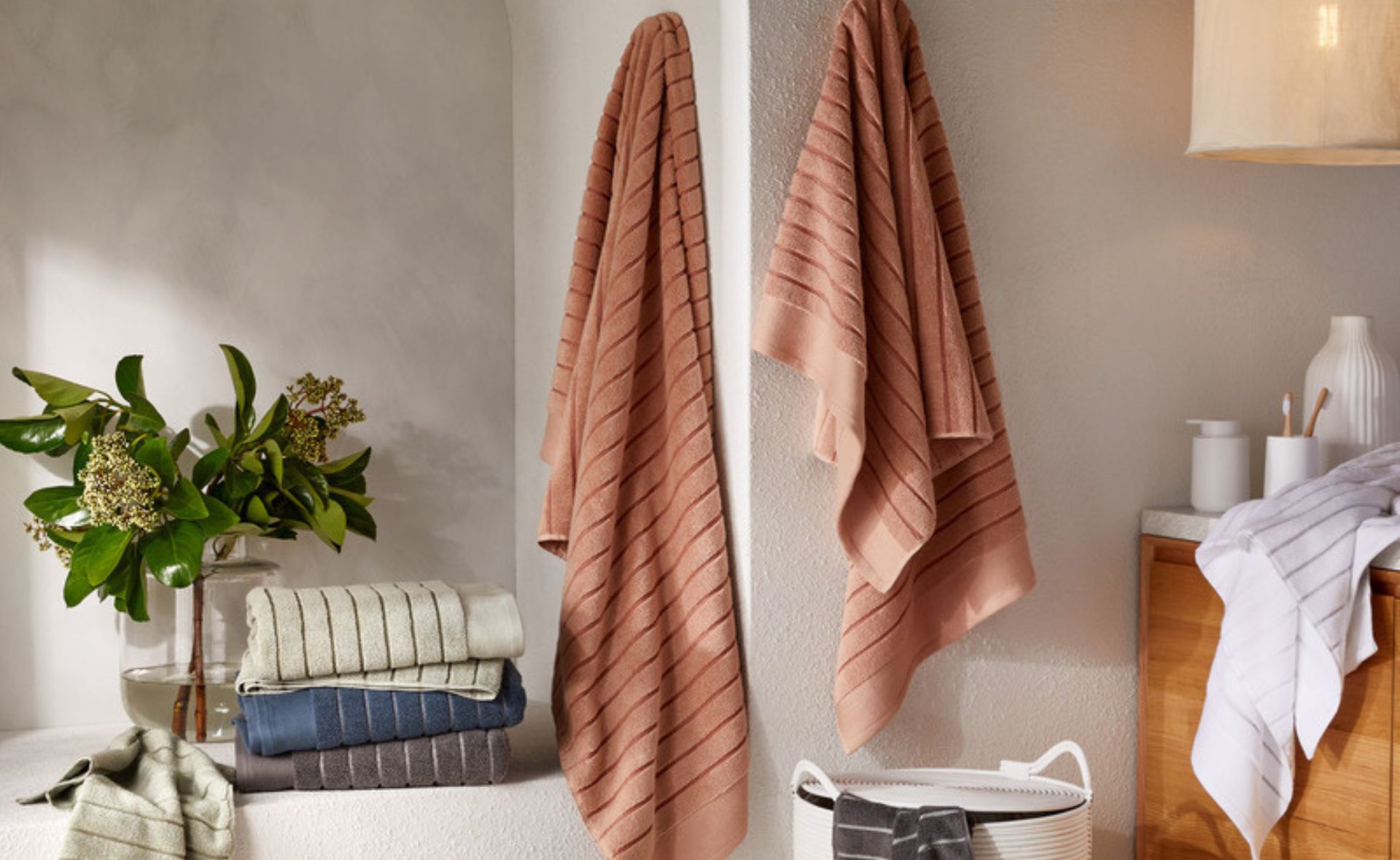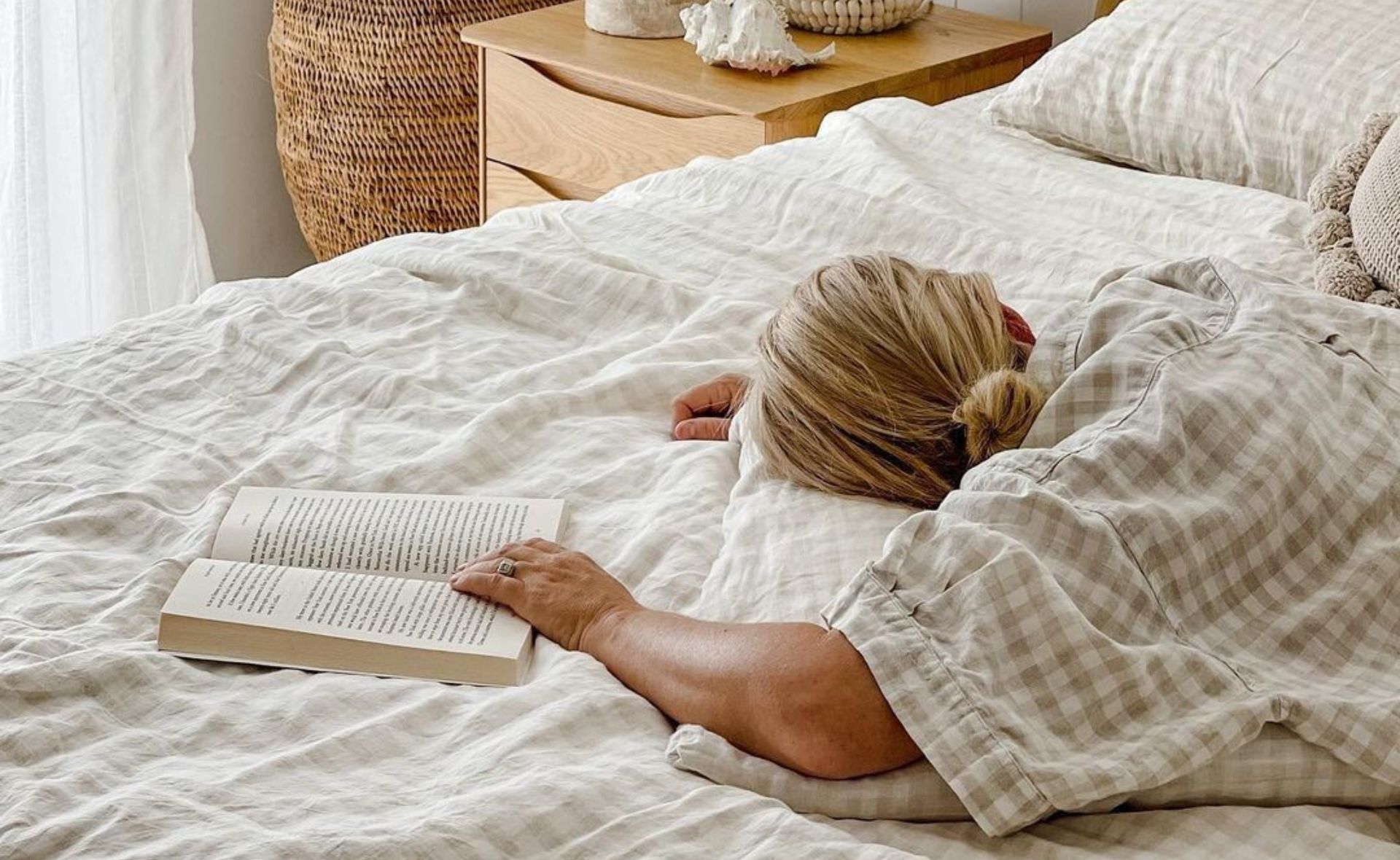Phillip Johnson’s friends call him “the Crocodile Dundee of gardening” and, when you meet him, it’s clear where the moniker comes from. Phillip is not just into gardens, he’s enthralled by them. Mother Nature energises him: he loves to walk barefoot through his gardens, listen to the tumbling waterfalls in his natural billabongs and watch the rain fuel his creations.
“My grandparents were passionate, enthusiastic gardeners and they got me into gardening from a really young age. I guess it just sparked something,” he says.
“At the age of four, I was planting, and, by eight, I had a little 3m by 3m plot in my parents’ garden in Glen Waverley in the suburbs of Melbourne.”
Now 37, Phillip runs a sustainable landscapes company and is a presenter on Nine Network’s Garden Gurus.
Over the years he has developed his own unique, free-flowing garden style and there’s no better example of it than Olinda, the house and garden he created for himself from untamed bush in Victoria’s Dandenong Ranges.

“I purchased the land about 10 years ago and there was nothing on the property, just the existing vegetation.
“I wanted to design and build something that would inspire people and that connected with the environment.
“There was no mains water on the property, so I thought we could capture all this water that comes off the driveway and run it down into these beautiful natural pools and billabongs,” explains Phillip.
“I built the house first and then the garden, so everything — the rocks, boulders and plants — had to come underneath the elevated driveway. We built on two levels, with a natural swimming pool at the top and a billabong beneath, with bream in it. I chose native plants to suit each location and built a gravel path through the landscape, because gravel helps the water percolate the soil.”
While Phillip built Olinda as a bachelor, he now shares the property with his wife Sarah and can’t wait to have kids and see them running around.
“My goal is to inspire everyone to have a sustainable Australian garden, to make the most of this country.”

How to create a Vertical Garden
What you need Back board: 1cm-thick recycled HDPE plastic sheet Growing medium of three layers — weed mat, felt, second layer of felt, all cut to fit the plastic sheet Drip line/soaker hose Staple gun Stanley knife Plants
What to do Use the staple gun to attach the first layer of weed matting to the plastic board, and then staple the first layer of felt. Run the soaker hose along the felt. Staple another layer of felt over the top to cover the soaker hose. Think about the planting design you want to create before choosing your plants. Select plants that are waterwise, and will work with the area you have chosen for your vertical garden. It’s best to have your plants fairly close together to cover the felt/board. Create slices in the top layer of felt — about 10cm long — for inserting your plants. Shake off excess soil before inserting your plants (one plant per slice). Staple the plants into position, making sure they’re held firmly. Move your new vertical garden into position.
What to consider A vertical garden doesn’t need a large site — or investment. You can even create one in a space as compact as an apartment balcony. Use lightweight materials and check on engineering requirements before attaching to walls or fences. Look to combine the vertical garden with a grey water recycling system or other sustainable water source. Consult your local nursery for advice on plants that will grow well in the area you live in. Carefully select plants to suit the “microclimate” of the site.


.jpg)

